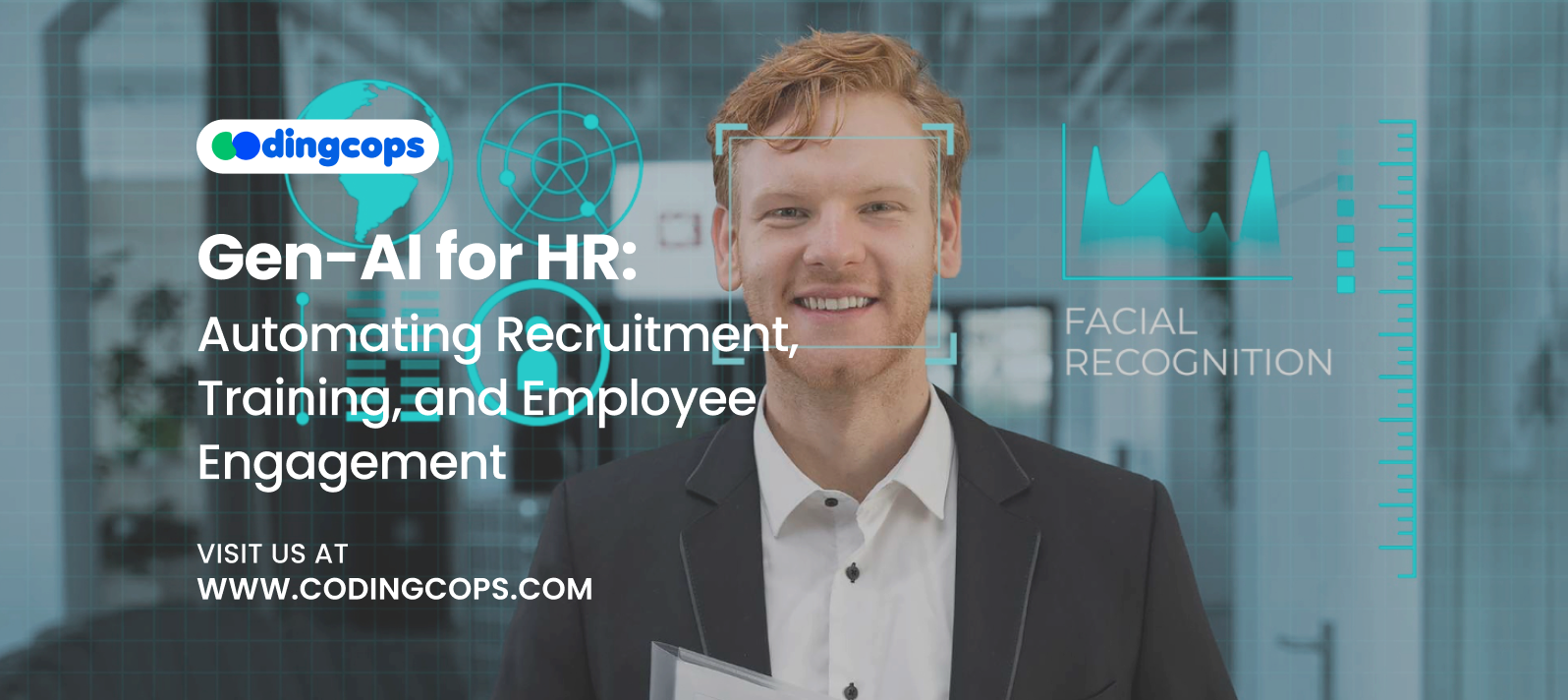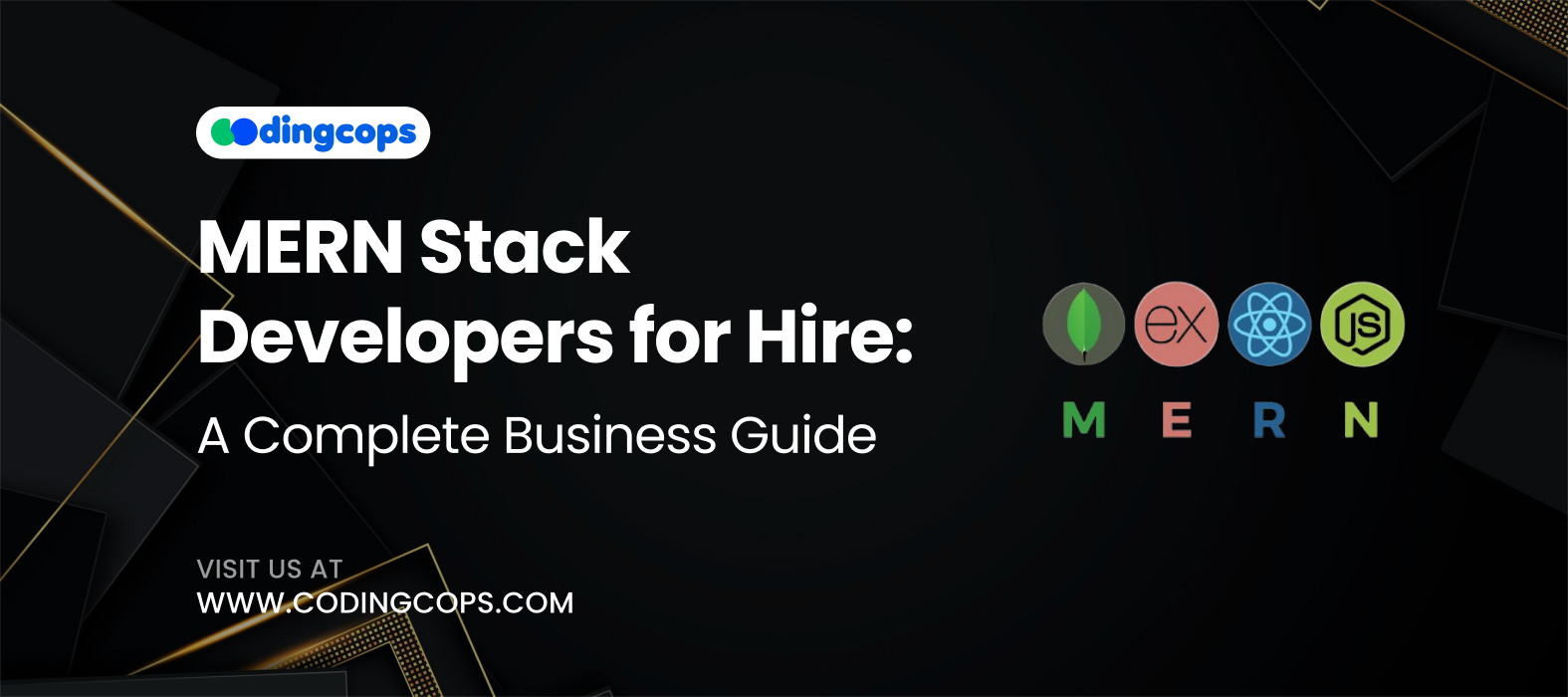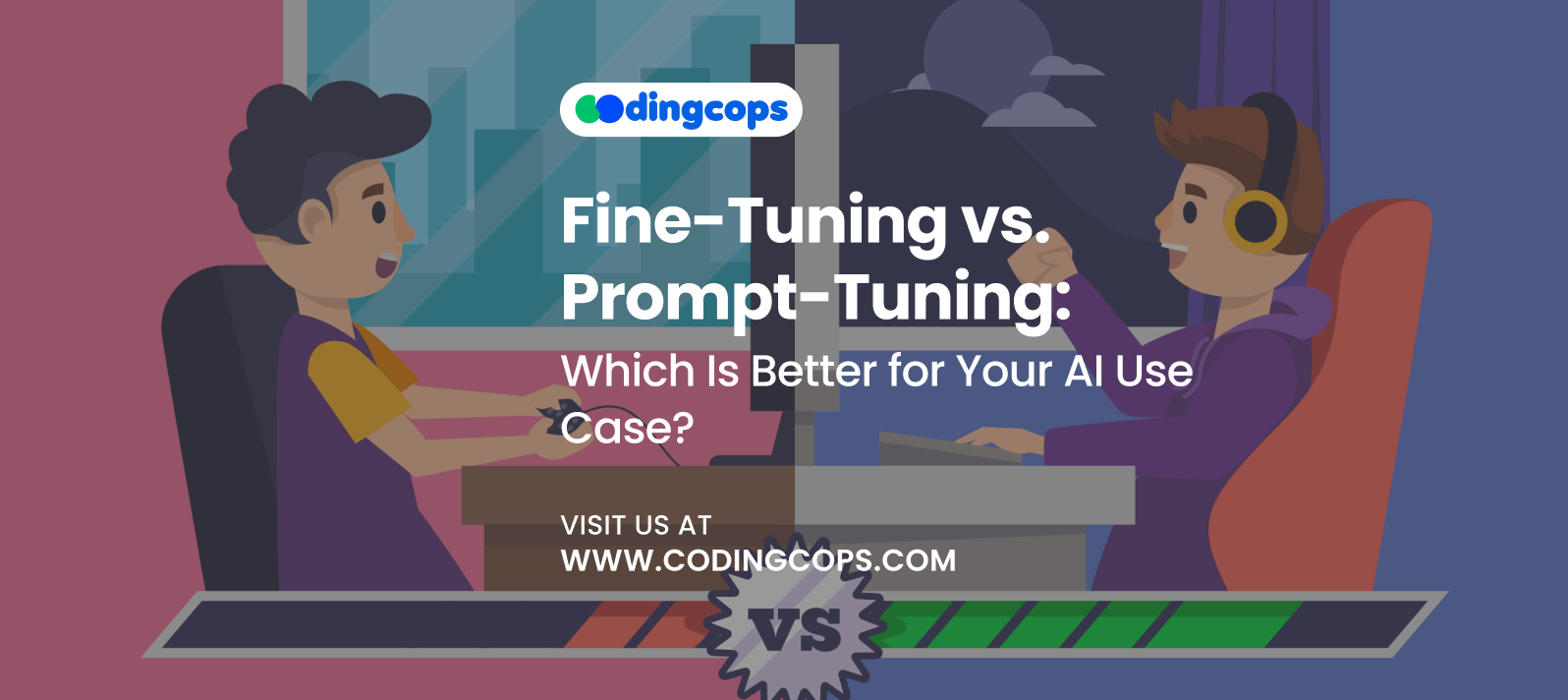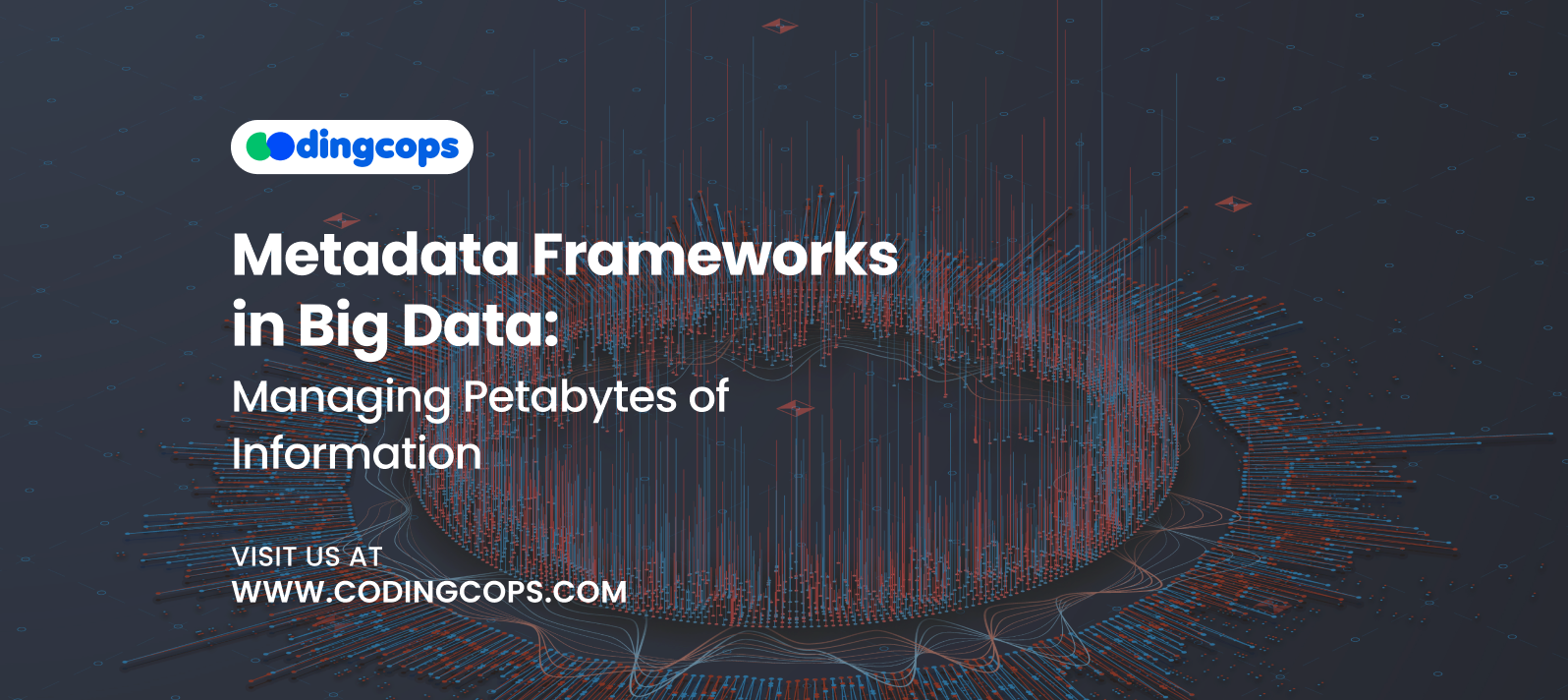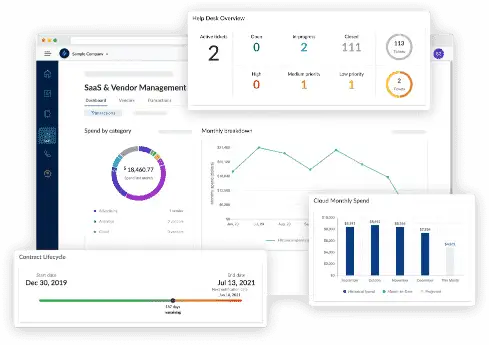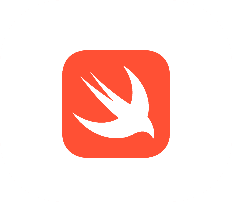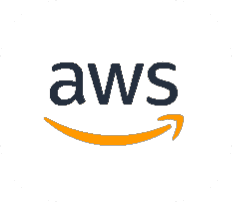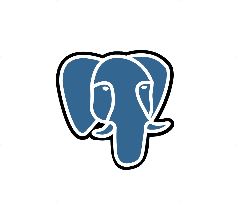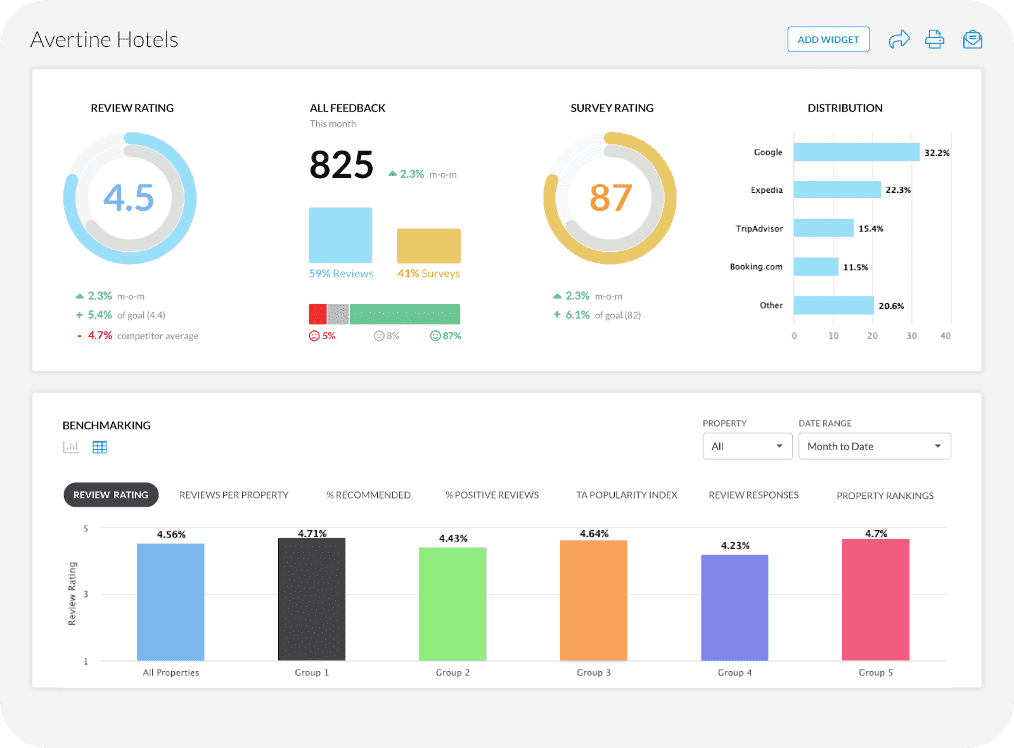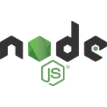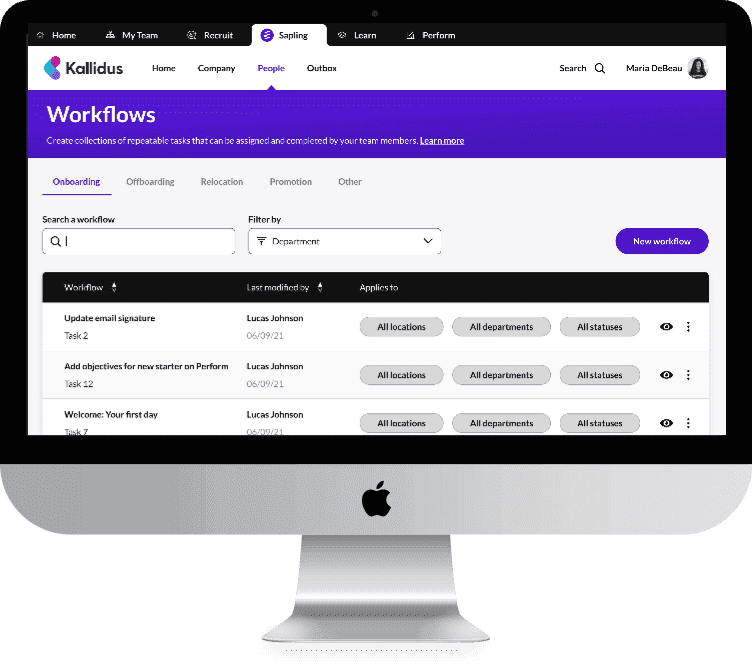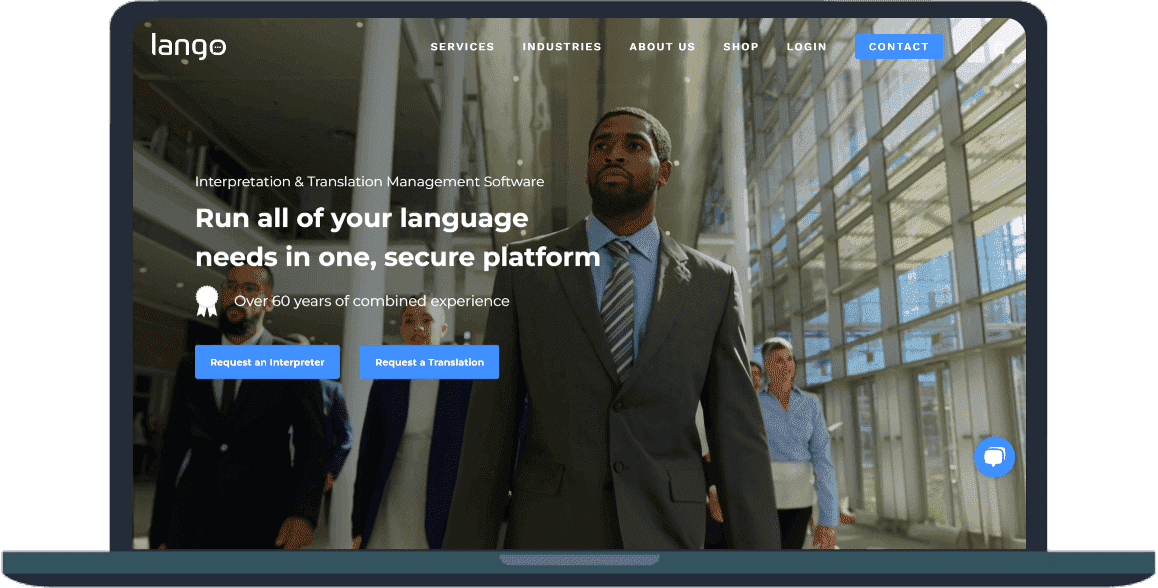According to The Hackett Group, Gen AI is being quickly adopted in HR. Over 66% of HR organizations are already using AI tools in some capacity. Moreover, in HR, this means a complete shift in how companies attract and retain talent.
Gen AI is making HR smarter and more human centric, from creating tailored learning programs to creating job descriptions and evaluating resumes.
HR directors are under pressure to do more with less as their companies deal with workforce changes and global competitiveness, and Gen AI is turning out to be the ideal ally in this transition.
We’ll talk about how Gen AI is changing HR in this guide by enhancing engagement and recruiting like never before.
Why Generative AI Matters in HR?
Human resources is all about people management, which has become increasingly complex. Furthermore, changing employment markets and large data sets are sometimes too much for traditional HR techniques to handle. Generative AI can therefore be useful in this situation.
Unlike traditional automation tools that simply execute predefined rules, Gen AI can generate text and even simulate conversations. Additionally, Gen AI assists HR teams in making data driven choices more quickly by evaluating vast amounts of data from performance reports and resumes.
For example, it can swiftly identify hiring trends. Moreover, it can provide appropriate job descriptions. Additionally, it enables HR specialists to concentrate more on strategy.
Recruitment with Gen AI
Smarter Resume Screening

Sorting through hundreds of applicants for each available position is one of the most difficult hiring processes. Traditional keyword based filters often overlook great candidates due to minor formatting or phrasing differences.
Gen AI solves this by analyzing resumes contextually. Additionally, rather just using superficial keywords, it ranks candidates based on a deeper understanding of job needs, skill relevance, and career advancement trends.
This lowers unconscious prejudice in addition to cutting down on the amount of time spent on manual screening. AI services such as HireVue are already using this technology to more precisely select applicants, guaranteeing that the best prospects advance to the next phase.
AI Candidate Engagement
A great recruitment process isn’t just about efficiency; it’s also about experience. Gen AI powered chatbots can now engage with candidates in real time, answering questions and providing updates instantly.
These chatbots simulate natural human like conversations using Natural Language Processing. They work continuously, ensuring no candidate feels ignored. Higher satisfaction and a better employer brand result from this.
Additionally, conversational AI algorithms may evaluate the tone and meaning of communication, giving recruiters insight into candidates’ passion or potential match outside of the résumé.
Generating Better Job Descriptions
It’s more difficult than you would think to write attractive job descriptions. Many organizations unintentionally use language that either discourages members of specific groups from applying or misrepresents the true nature of the post.
Employing inclusive language models and analyzing effective job advertisements, Gen AI technologies generate engaging and optimized job descriptions. These descriptions attract a large number of candidates while adhering to the company’s tone and identity.
AI may also customize job descriptions on various platforms to guarantee optimal visibility and interaction.
Predictive Hiring
Apart from automating tasks, Gen AI can also predict outcomes. By looking at historical hiring data, AI can forecast a candidate’s likelihood of retention.
For instance, predictive analytics may be used to identify which skills are linked to improved job performance or which people are most likely to thrive in specific teams. This approach thereby increases overall productivity and enables data driven hiring decisions.
Businesses that use predictive hiring techniques claim better departmental talent alignment and quicker hiring processes.
Employee Training with Generative AI
Personalized Learning Experiences

Every employee learns differently. Some prefer visual content, others like practical simulations or reading material. Gen AI analyzes employee profiles and learning patterns to create custom learning paths for each individual.
This method is already being used by AI learning management systems such as Docebo to provide course recommendations and do real time material adaptations. In addition to increasing engagement, this customisation guarantees more efficient skill learning.
AI Mentors
Imagine having an intelligent mentor available at all times, that’ what Gen AI offers. Virtual assistants act as learning companions, answering questions and explaining concepts.
These AI mentors can also simulate real world scenarios for employees to practice decision making or communication skills in a risk free environment. By mimicking human interactions, Gen AI helps employees build confidence and competence faster than traditional e learning methods.
Automated Content Creation
Creating and updating training materials is often resource intensive. Gen AI simplifies this by automatically generating training modules and simulations based on the latest industry trends or internal data.
For example, AI can create a training program in a matter of minutes in response to the introduction of a new product or regulation. This significantly lessens HR’s burden while guaranteeing that learning materials are constantly up to date and in line with business requirements.
Measuring Learning Impact
Training is only valuable if it delivers measurable results. Gen AI enhances learning analytics by tracking not just completion rates but also retention and performance improvement.
AI can determine which modules are most effective and where training materials need to be enhanced by examining user data. HR professionals may use these insights to inform data driven decisions around learning ROI and training tactics.
Employee Engagement
Sentiment Analysis
Traditional engagement surveys provide limited insights and are often conducted infrequently. Gen AI enables real time sentiment analysis by examining internal communications and chat messages.
By identifying trends in behavior, HR may identify early signs of burnout. This proactive strategy enables timely interventions and improved worker morale.
Personalized Communication
Every employee values recognition and communication differently. Gen AI helps personalize how organizations communicate with their teams.
Gen AI makes sure that interactions seem personal, from personalized appreciation emails to AI newsletters catered to each employee’s interests. A stronger sense of belonging is promoted, and relationships are reinforced.
When creating the appropriate tone for delicate subjects like policy changes or performance assessments, AI may also assist HR in maintaining clarity while encouraging empathy.
AI Powered HR Assistants
Artificial intelligence virtual assistants are increasingly essential in today’s HR organizations. These digital assistants do routine tasks, including monitoring leave requests, answering questions about policies, and helping users with HR software.
Workers gain from having immediate access to information rather than having to wait for manual answers. As a result, HR departments have more time to devote to intricate projects leadership development.
To further improve working productivity, some businesses even incorporate voice activated AI assistants that can respond to inquiries quickly.
Predictive Engagement Analytics
The real power of Gen AI in engagement lies in prediction. By analyzing historical data such as absenteeism and performance trends, AI can forecast which employees are at risk of turnover.
This enables HR teams to act proactively. It includes offering new learning opportunities or adjusting workloads. Furthermore, predictive analytics thus turns engagement management from reactive to preventive, helping organizations retain top talent.
Ethical and Operational Challenges of Gen AI in HR
Algorithmic Bias
The potential of algorithmic bias is the most urgent issue with Gen AI in HR. If past injustices are reflected in the data that AI systems use to learn, they may unwittingly reinforce those injustices in their recommendations.
For example, if an AI system were trained on historical recruiting data where certain groups were underrepresented, then it would favor similar candidate qualities in the future. This might lead to systematic exclusion even when the purpose is only analytical.
Organizations must employ representative and varied training datasets and conduct routine audits of AI models to combat this. Additionally, by using fairness frameworks like Explainable AI, businesses may get insight into the decision making process. Human control is still essential to assess AI outcomes and ensure fairness at all levels, from hiring to promotion.
Data Privacy
HR departments handle highly sensitive information, employee demographics, and compensation details. Data security is a valid risk when integrating Gen AI into these systems.
If managed incorrectly, large datasets may inadvertently expose private information. Furthermore, data stored on external servers by some third party AI systems is susceptible to security breaches.
Businesses must implement stringent data governance procedures. This can help them ensure AI systems employ encryption techniques in order to reduce these dangers.
Overreliance on Automation
While Gen AI can automate many HR functions, over dependence on it may lead to the dehumanization of the workplace. This is because HR’s strength lies in empathy and emotional intelligence. AI is unable to duplicate these attributes.
Therefore, relying too much on AI insights without human interpretation might lead to conclusions that are impersonal. For instance, AI that evaluates employee emotion without context may misunderstand cultural peculiarities.
To strike the right balance, HR leaders should view Gen AI as a help rather than a replacement. Human judgment must remain the final checkpoint for all critical decisions, especially those affecting careers.
Transparency
AI models frequently function as black boxes. They produce outcomes without providing a clear explanation of how they were arrived at. This inability to be explained might be troublesome in HR.
HR must provide a clear explanation for every decision to reject a recruit or pass up a worker for promotion based on an AI recommendation. Lack of this transparency may lead to employee distrust and perhaps legal issues for businesses.
Businesses should spend money on explainable AI systems that let human resources specialists follow the reasoning behind the AI’s results in order to guarantee responsibility. Furthermore, ethical consistency is ensured by keeping records of the decision making process.
Ethical Governance
A robust ethical governance structure is necessary for the responsible implementation of Gen AI in HR. To prevent unexpected consequences, this means setting clear usage limits and closely monitoring AI activities.
Additionally, several forward thinking businesses have already set up AI ethics committees to ensure compliance. It’s also critical that HR staff receive regular AI ethics training.
In addition to reducing risk, a robust governance framework guarantees that AI projects are seen as instruments for empowerment rather than supervision.
Implementation and Skill Gaps
Practical issues, including interaction with old systems and a lack of AI knowledge, in addition to ethical considerations may slow adoption. Additionally, in order to successfully comprehend and interpret AI information, HR personnel could require retraining.
Consequently, companies have to fund AI literacy initiatives, cross functional cooperation between data science and HR departments, and vendor alliances that place an emphasis on openness and personalization. Even the finest AI systems can fall short of producing significant results if they lack the necessary skills and training.
Implementation Complexity
Using Gen AI in HR requires more than just software purchases; technical integration and strategic alignment are also required. Many HR departments may interpret data improperly due to a lack of AI knowledge.
Furthermore, operational issues like data silos may arise when combining AI technology with conventional HR systems.
To overcome these, organizations should:
- Invest in AI literacy and training programs for HR teams.
- Build cross disciplinary partnerships with data scientists.
- Phase implementation gradually to avoid disruption.
Final Words
By improving recruiting and engagement with data-driven accuracy, generative AI has transformed human resources. However, success hinges on striking a balance between human control and innovation. When thoughtfully implemented, Gen AI becomes more than automation, it becomes a catalyst for smarter decisions and forward thinking workplace.

